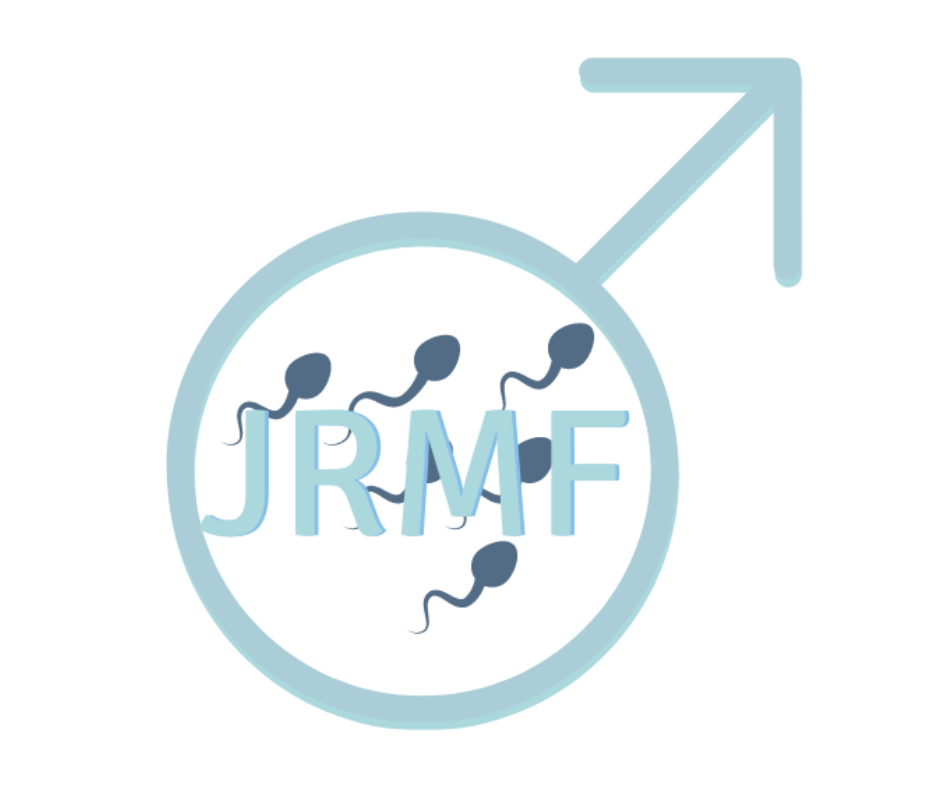What is the male genital tract?
The male genital tract is a rather grand description of the route that the sperm takes in its journey from the testicles to the point of ejaculation, from the end of the urethra tube in the penis.
Starting from the testicle, the first part of a sperm's journey is into the Epididymis – a long coiled structure where the sperm gain maturity and motility. Once motile, they travel in the vas tube, out of the scrotal sac (scrotum), through the groin (the inguinal canal) and all the way to the prostate gland.
In the prostate there is a 'holding bay' called the Ampulla, and behind the prostate but joined to it are the Seminal Vesicles, glands which make most (95%) of the volume of the ejaculate.
Therefore only 5% of the fluid produced actually comes from the testicles, but it is this part which contains the sperm, which have travelled a long distance during which they can lose quality and motility.
One of the important causes of this deterioration in sperm quality is the inflammation somewhere along this genital tract, which could be caused by a variety of germs.
How do germs get into the genital tract?
The genital tract is a complicated structure with thousands of little ducts and tubules which coalesce like a river delta carrying all the components of the ejaculate into the urethra. The urethra itself also has little pockets, or glands along its length. Of course, the urethra is open-ended, so that organisms and germs do enter the genital tract and are probably present in most men without causing any symptoms or damaging effects.This is the concept of the microbiome which is now well-recognised in other parts of the body.
The more that we look for these organisms in the seminal fluid (the ejaculate which contains the sperm and all the fluids made throughout the tract) the more often we find all kinds of germs. Sometimes these are ones that we recognise, Chlamydia for example. More often the organisms are typical of those we might find in the gut or even in the mouth.
How might germs affect sperm?
So, do these unusually placed germs actually matter? We are beginning to be able to distinguish those which do matter from those merely living harmlessly, or more importantly, beneficially inside us.
It seems that what matters for fertility is whether the sperm head and the DNA package within it is being affected, positively or negatively by these germs, known elsewhere in the body as a “microbiome”.
Of course when a man has symptoms of infection in the urethra (urethritis), prostate (prostatitis) or epididymis (epididymitis), we would expect to find both germs and the usual signs of infection and inflammation: white blood cells. We also know that these white cells can produce chemicals which can sometimes, but not always damage sperm. We are beginning to explore the relationship between inflammation, white cells and an imbalance of chemicals in the seminal fluid, known as Oxidative Stress.
Where are we now and what can be done?
So far it seems that 'Oxidative Stress', which we can measure quite easily, is associated with a reduction in male fertility,which is caused by damage to the DNA package in the sperm head. This damage can be measured by a DNA Fragmentation test.
And we are making progress. We are beginning to understand how to identify the germs, and then to see if they are the cause of oxidative stress and raised DNA Fragmentation.
But we need to be careful! Some of these germs in the genital tract may actually be protective, just as it is with the microbiome in the gut. So,we are at the start of a journey which is just beginning to explain one of the causes of unexplained infertility.


